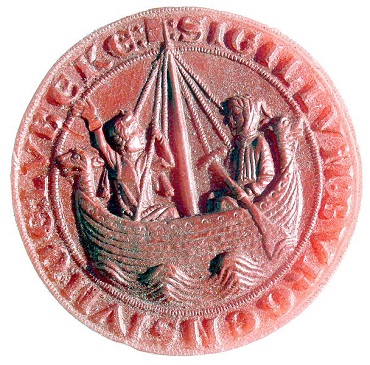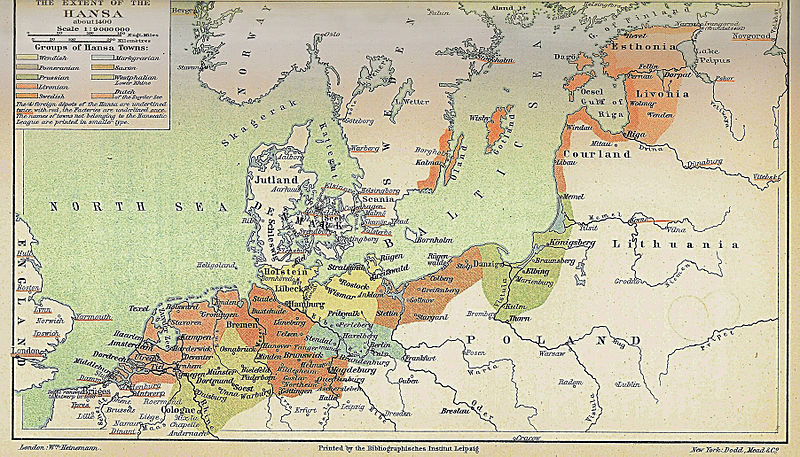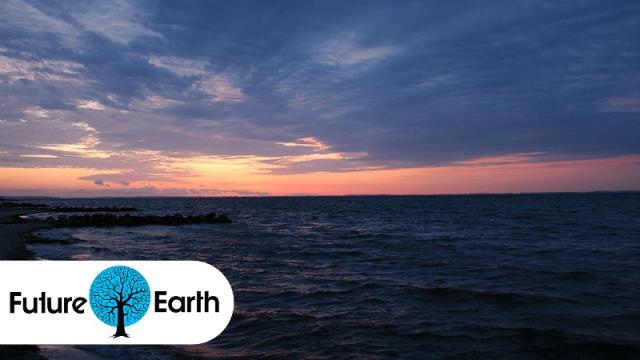Environmental change is big news these days, as is speculation on how that change will re-order, and possibly re-shape, the world powers. It has happened before: one of the great powers of medieval Europe collapsed when the environment changed around it.
In the 1100s, the prominent merchants of a few German cities were each too weak to compete with larger territories. So they formed a coalition. They secured each other’s ships, froze out or threatened countries that weren’t trading fairly, and fought for territory and fishing rights. Over time the League got bigger, as cities in other nations joined up. The Hanseatic League did not represent a country, wasn’t a military force, and did not have a religion for which to fight — but no one wanted to cross the League.

The League succeeded because it kept its members fanatically loyal. The initiation ceremony for a travelling merchant often involved being beaten to within an inch of one’s life. Discipline at sea was strict. Each foreign trading city had its own Hansa complex, so members never strayed. Even in their cities of origin, league members kept an eye on each other.
The Hanseatic League also succeeded because it didn’t confine itself to exact definitions. When English ships were taken, and the English responded by confiscating League property, the League protested, claiming that, since each town in the group had its own ruler and there was no official Hanseatic nation, the English couldn’t confiscate one private merchant’s ships to pay the debts of a different private merchant.
That was a bit rich, given that in the 1300s, the Hanseatic League fought Denmark over fishing rights in the Danish Sound. The League won, and got rich off of its herring trade. It grew, it diversified, it controlled trade routes from Novgorod to London. Merchants who wanted anything shipped from the North Sea to the Baltic Sea, and quite a few places inland, either dealt with the Hanseatic League or took pains to cover up the fact that they didn’t.

Then, around 1425, the Danish Sound started yielding less herring. The decline didn’t stop. It wasn’t over-fishing that left the Hanseatic League without its staple money-maker. The vast majority of the herring simply moved to the North Sea, within easier reach of the English and the Dutch. This not only deprived the Hanseatic League of income, it gave it to other nations.
The question is, why? Why did the fish just go? There is no consensus, but some blame it on the “Little Ice Age”. This began in the early 1400s, and it was characterised by, among other things, the Danish Sound freezing for longer periods of time. The global climate changed and the fish went elsewhere.
At the same time, the Zwin River filled with silt. The river led to Bruges, a powerful League ally and valuable trading port. Bruges’ rise coincided with the rise of the Hanseatic League. A mega-storm in 1134 ripped into the Zwin, essentially ripping a path from Bruges to the sea. The river was wide and slow, which for a while added to its value as a trading route — until the silt came in the mid-1400s. Bruges was one of the southernmost ports available to the League, and its destruction as a point of trade delivered a second staggering blow.
The Hanseatic League declined slowly, and we can attribute its decline to factors besides ecology. The world at large was moving away from territories controlled by nobility and towards the age of the corporations — which meant this group of merchants would have had competition.
Still, it was two environmental disasters that cut the once-powerful organisation off at the knees. We rely on an unchanging Earth, but the Earth does change. And when it does, powerful and old entities can fall. So maybe we don’t want to help that change along.
